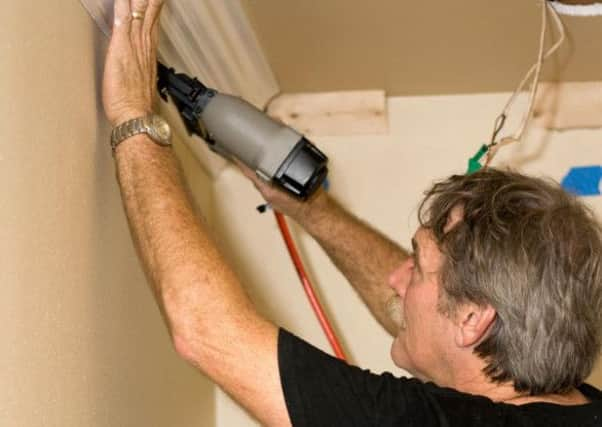DIY Tips


Period properties, particularly ones built in the 19th and early 20th century, originally had coving - ornate skirting boards around the ceilings - in most of their rooms, and a room without it can look rather bare.
As well as being decorative, coving also has its practical functions; it is a good way to hide hairline cracks and other imperfections, and it makes it easier to get a neat line between a different wall and ceiling colour when you’re painting.
Advertisement
Hide AdAdvertisement
Hide AdStyles of coving have changed over the years, so make sure any coving you buy matches the correct period of your home. If you have coving in some rooms and not others, this is the best indication of the style you need - or perhaps your neighbours’ homes have original coving you can copy?
Specialist coving companies sell popular period-style designs and some can even match your home’s existing coving. The modern trend of knocking two rooms into one can result in there being coving in one half of the new room and not the other, which is where matching an original design in this way becomes invaluable.
Period coving is made of plaster and many companies produce and fit this. DIYers should play safe and stick to lighter coving materials, which are easier to work with and won’t knock you out if they accidentally fall down. The lightest and easiest coving to use is expanded polystyrene, but there are a few other DIY-friendly types, including polyurethane and duropolymer.